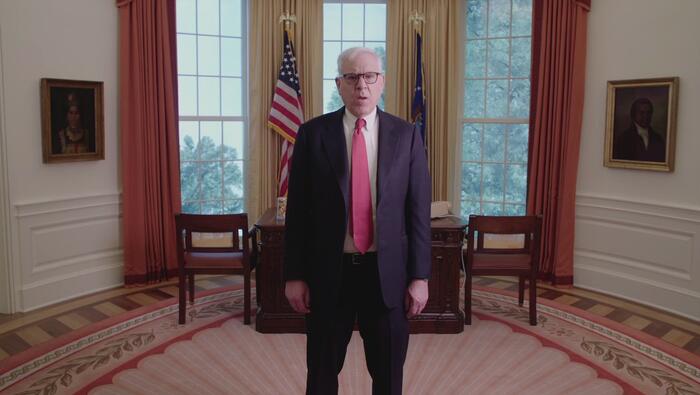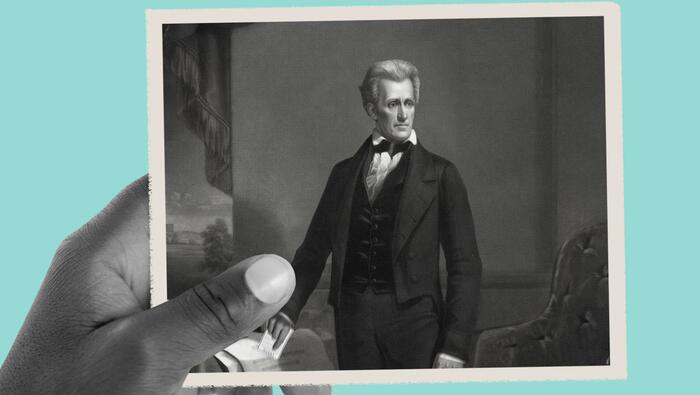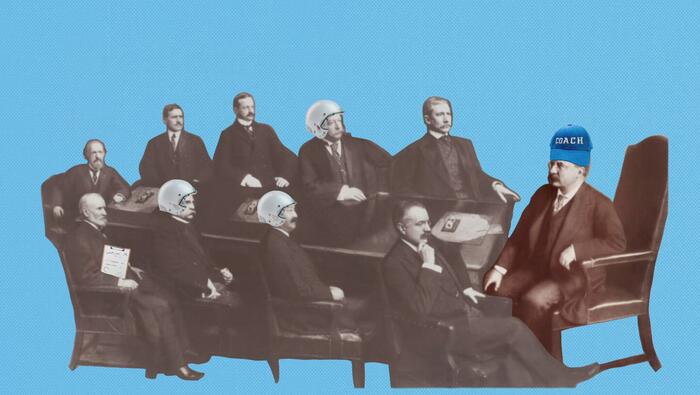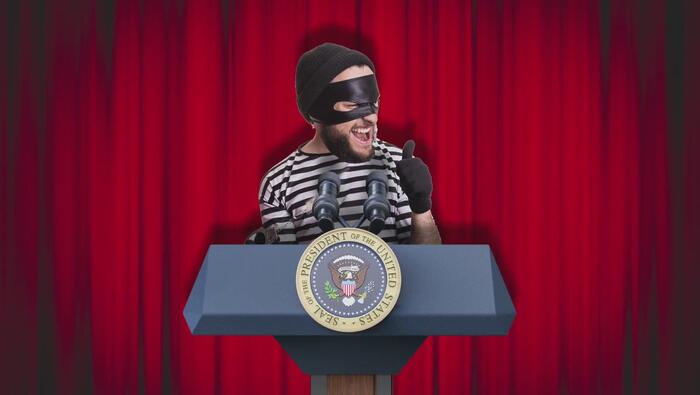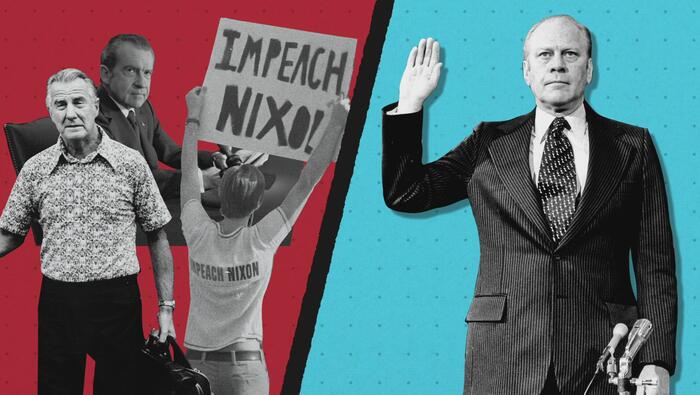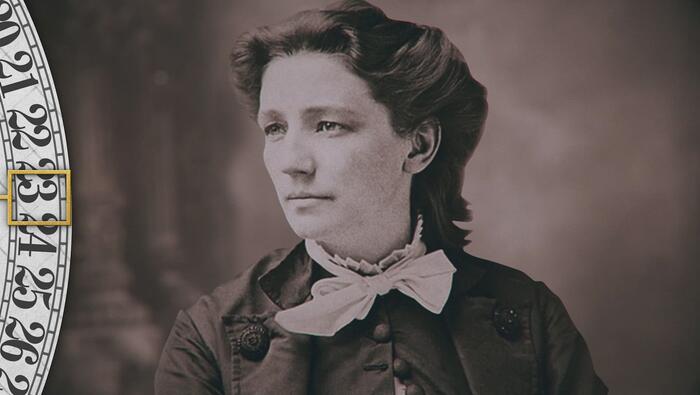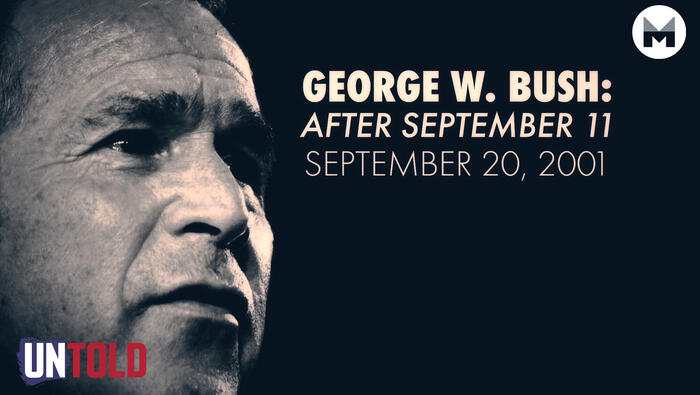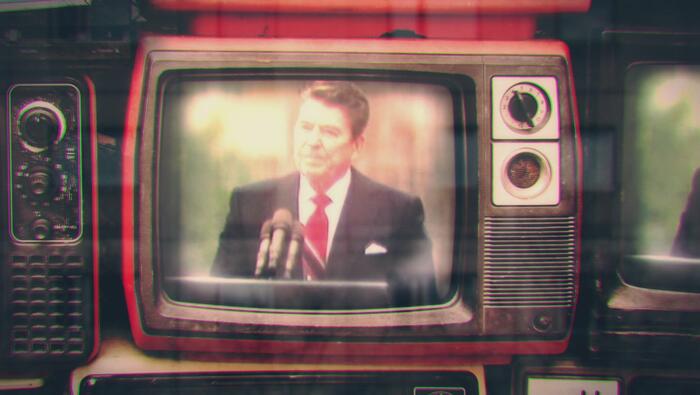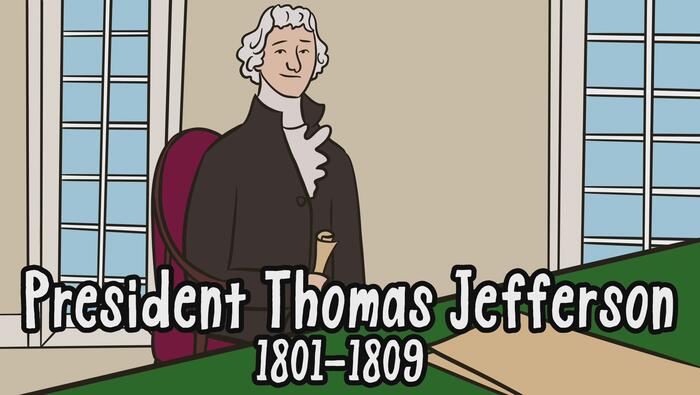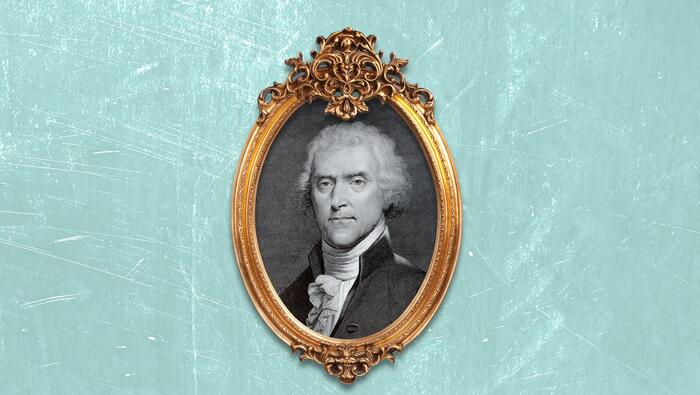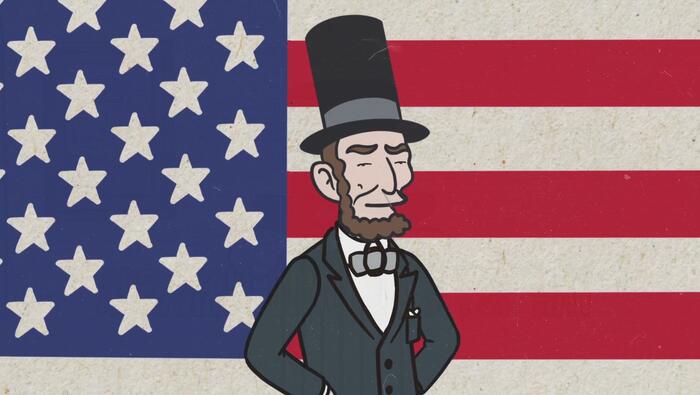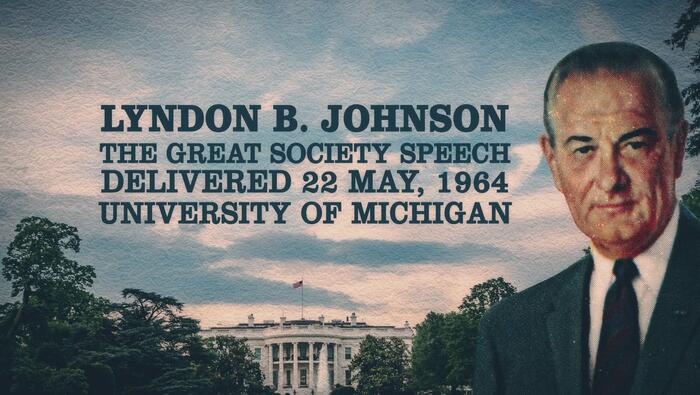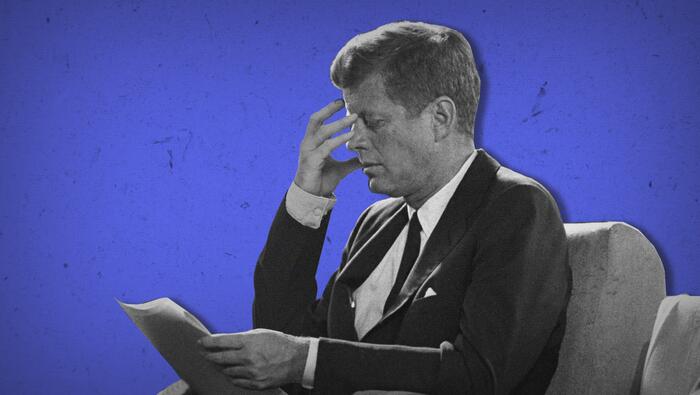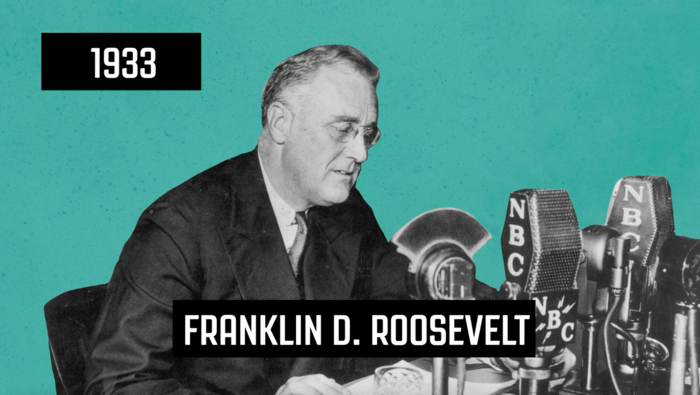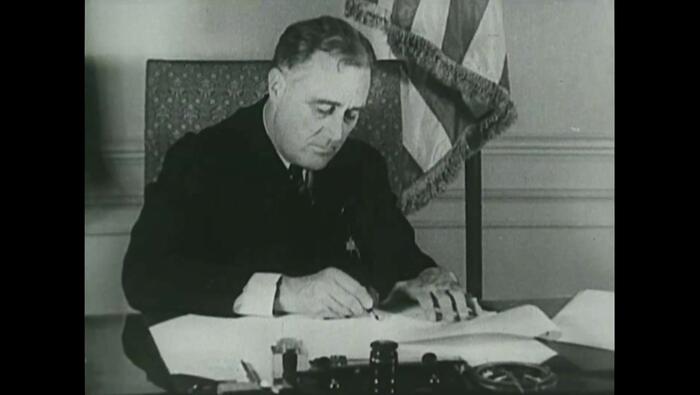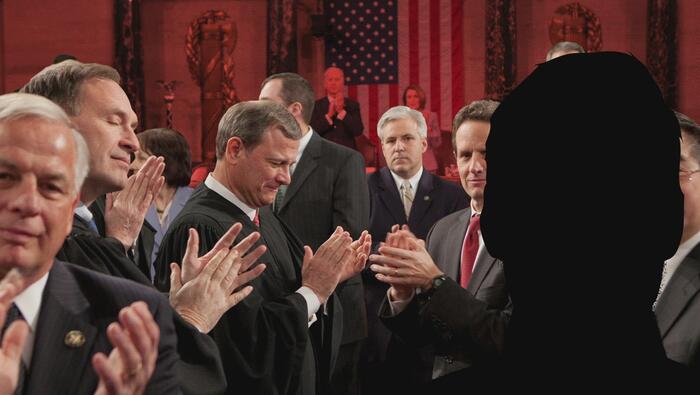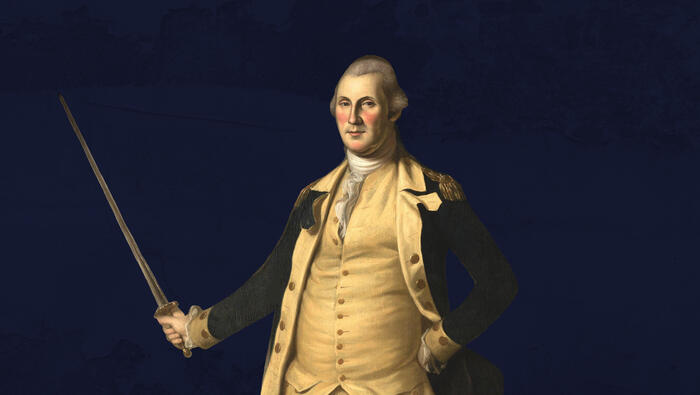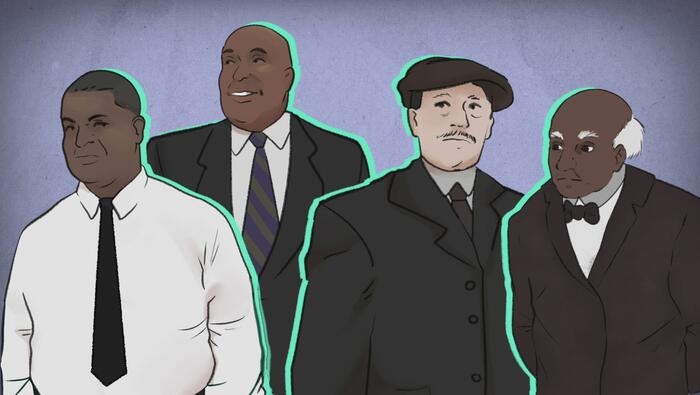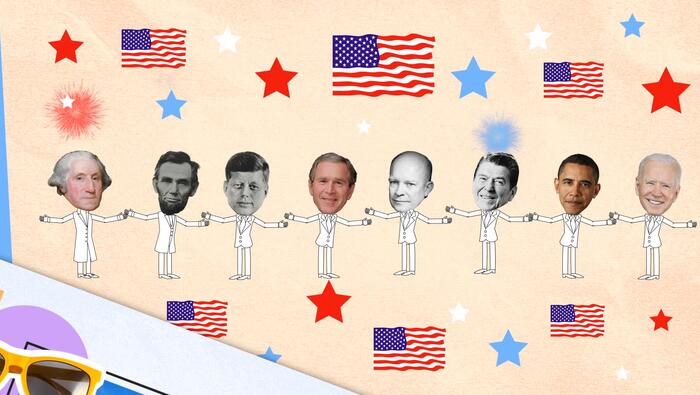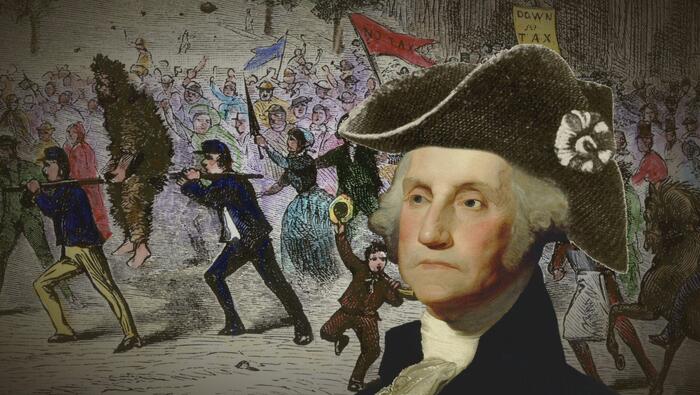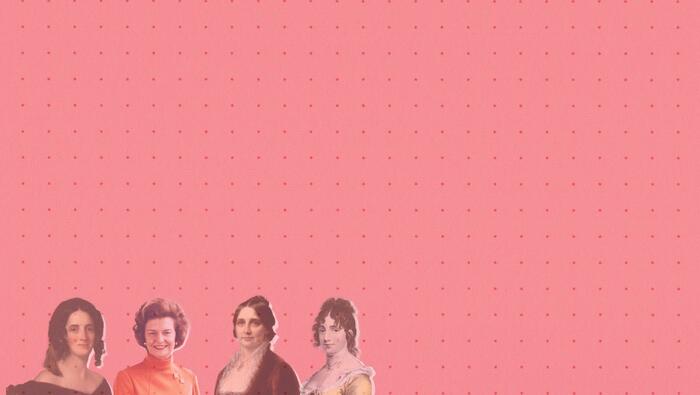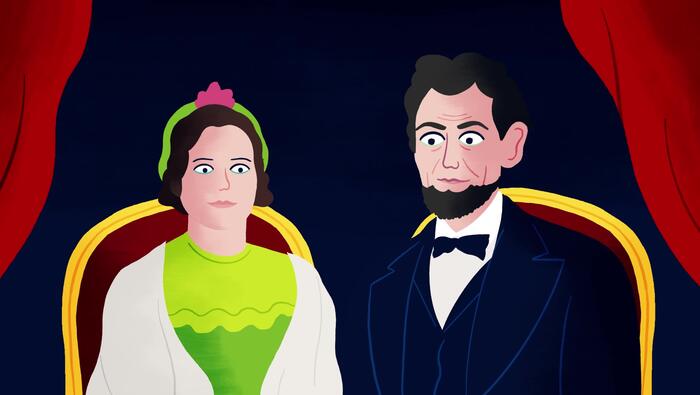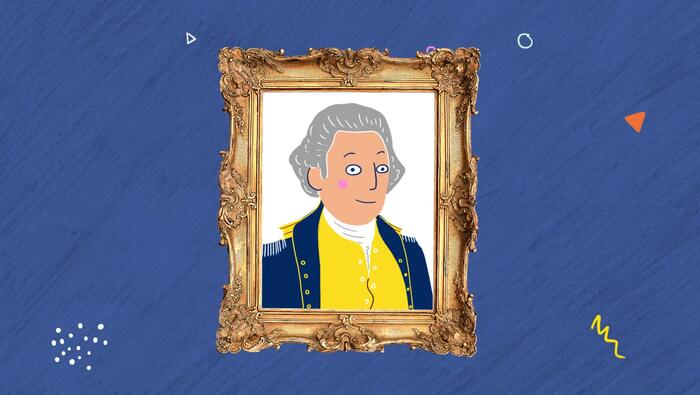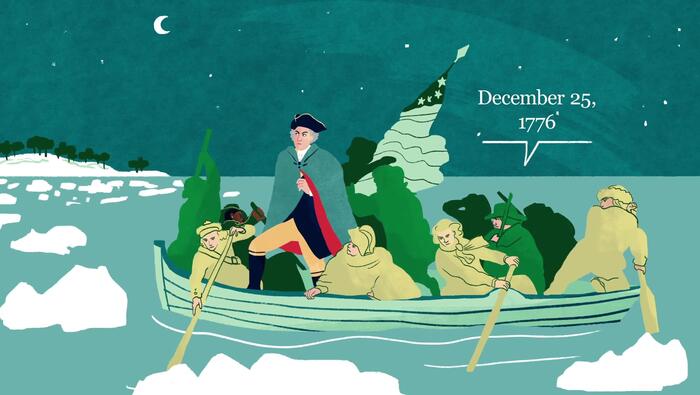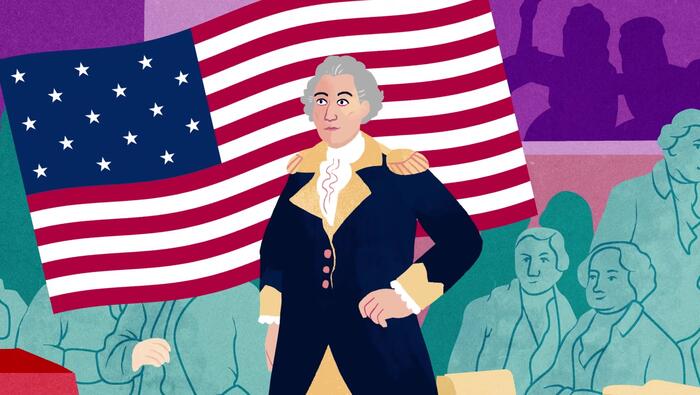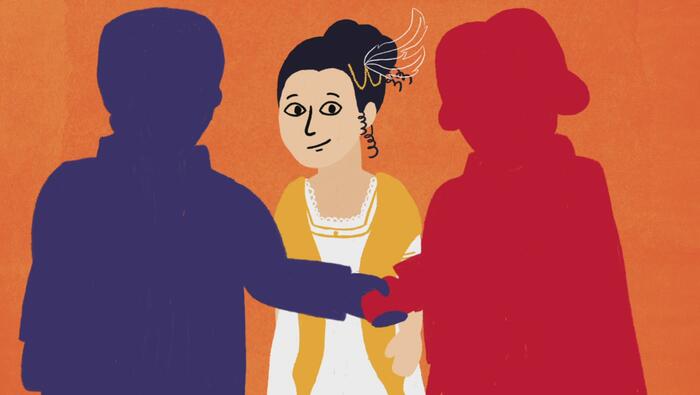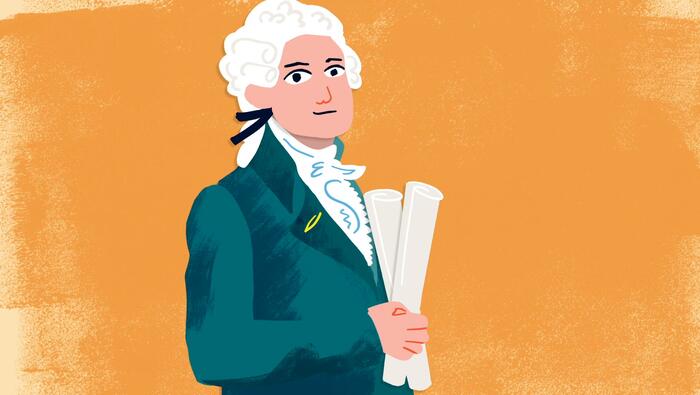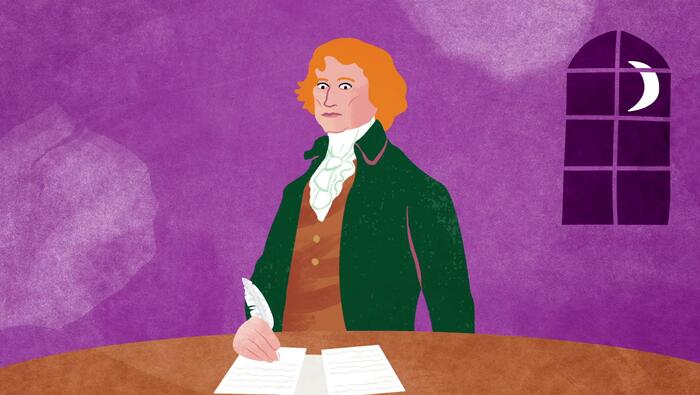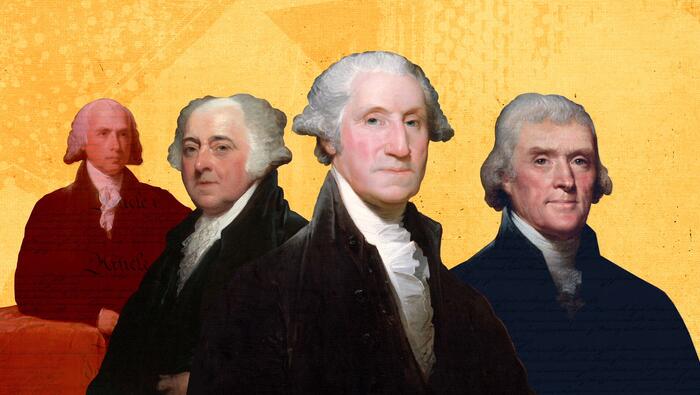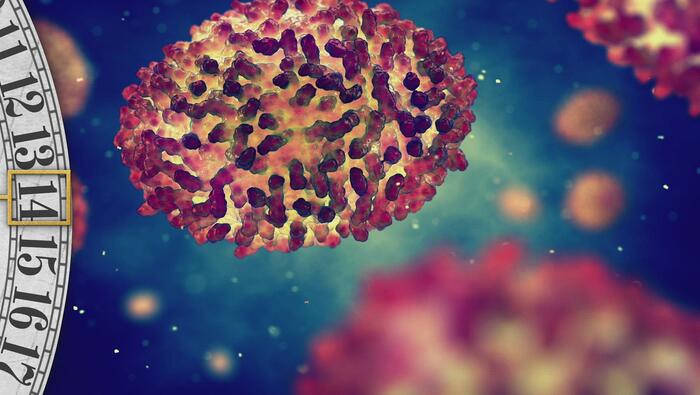
What invisible enemy did George Washington help defeat?
The American Revolution wasn’t just a fight against the British but also a much smaller and more deadly foe: smallpox. So how did Continental Army Commander George Washington help defeat it? David Rubenstein answers that question in a fact-filled history minute.

When Washington Walked Away from Power
Having led his Continental Army to victory over the British, many expected General George Washington to follow the model of European monarchs and dictators by declaring himself the ruler of a new nation: the United States. What he did instead, cemented his place as a different kind of leader, a genuine public servant, and true revolutionary.
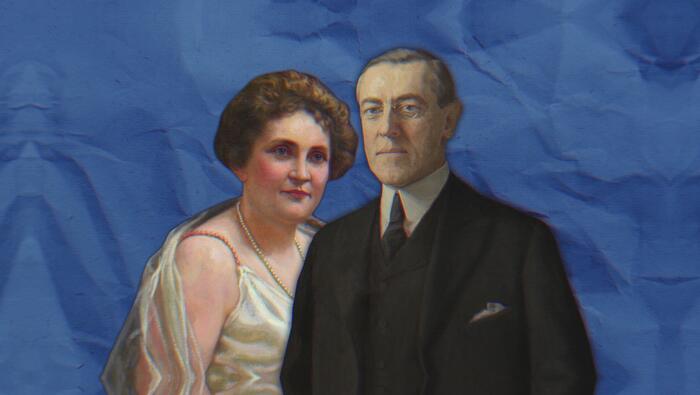
Edith Galt: The First Lady Who Took Control
Historically a ceremonial position, the role of First Lady at one point mainly involved hosting events at the White House. But when President Woodrow Wilson suffered a stroke in 1919, his wife, Edith, covertly took on many of his duties as President of the United States.

Teddy Roosevelt's Square Deal
In the early 1900s, President Theodore Roosevelt's progressive legislation, dubbed the Square Deal, aimed to limit the power of corporations, protect consumers, and conserve natural resources. The Square Deal drastically changed the United States – and still impacts our lives today.

